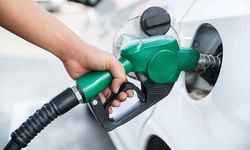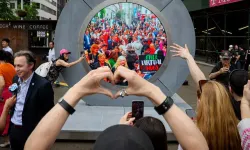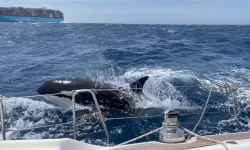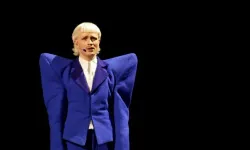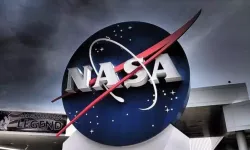The function of the rudder on a ship can be really interesting and somewhat surprising. According to traditional thinking, the rudder steers a ship, but in reality the situation is a little more complicated.
The rudder does not actually turn a ship directly. Rather, it starts the process of how the ship turns.
But how exactly does the process work if the rudder does not turn the ship?
To understand this process, we need to examine in more detail how the rudder works.
Let's say the ship wants to turn to starboard. At that time, the rudder is moved towards starboard. When the rudder reaches this position, the lifting force acts on it.
The force causes the ship to accelerate laterally towards the port side. In other words, opening the rudder does not turn the ship directly to starboard; conversely, the port side of the ship rises slightly.
This often goes unnoticed as it has a relatively limited effect on the rotational movement. But the small sway is the critical step that initiates the ship's turning motion.
So what makes the ship turn?
In fact, the drift angle created by the rudder causes a small change in the direction of movement of the ship. The minor steering changes the ship's hydrodynamic interactions on the water and initiates the actual turning motion.
Turning the rudder to starboard exerts a force on the water molecules on the port side. These water molecules exert an opposing force on the ship's hull due to their natural inertia.
Since the inertial force is always in the opposite direction of motion, it pushes the ship's hull in the starboard direction.
The force can be divided into two main parts: one acting on the stern of the ship and the other acting on the bow.
This shows how the water seeks an equilibrium around the ship and the inertial force is as large as the magnitude of the displacement of the ship.
The strong force is sufficient to turn the ship, affecting the ship's hydrodynamic moment.
The hydrodynamic moment is in the same direction as the moment created by the rudder and helps the ship turn to starboard.
The rudder angle keeps the moments constant. When the rudder is moved to the middle position, the rudder force first disappears and then the drift angle decreases. This causes the rotation movement to stop.
After reading this information, you may think about how complex the structures of ships are. Frankly, you are not wrong...

